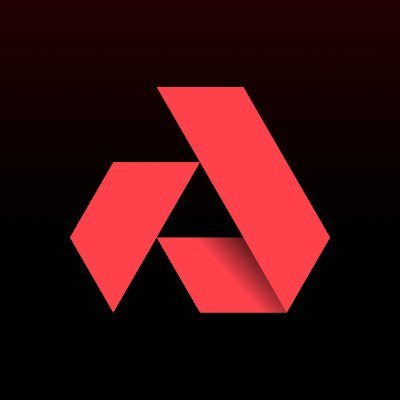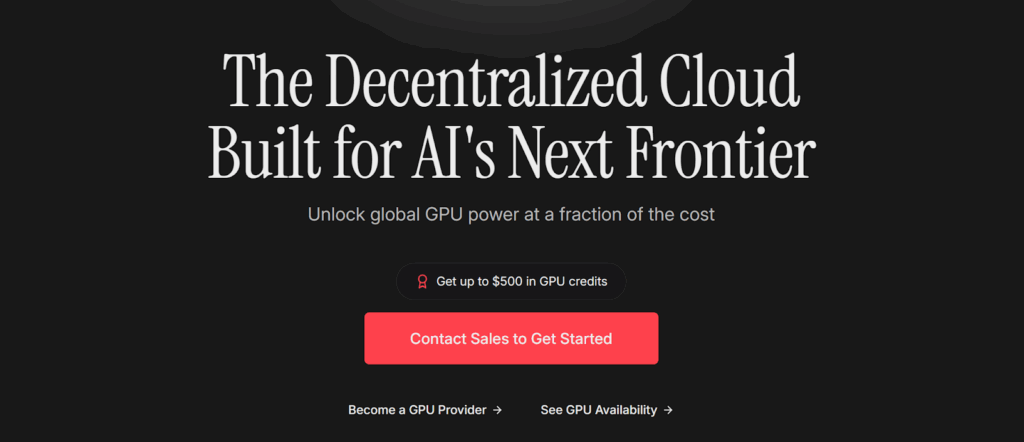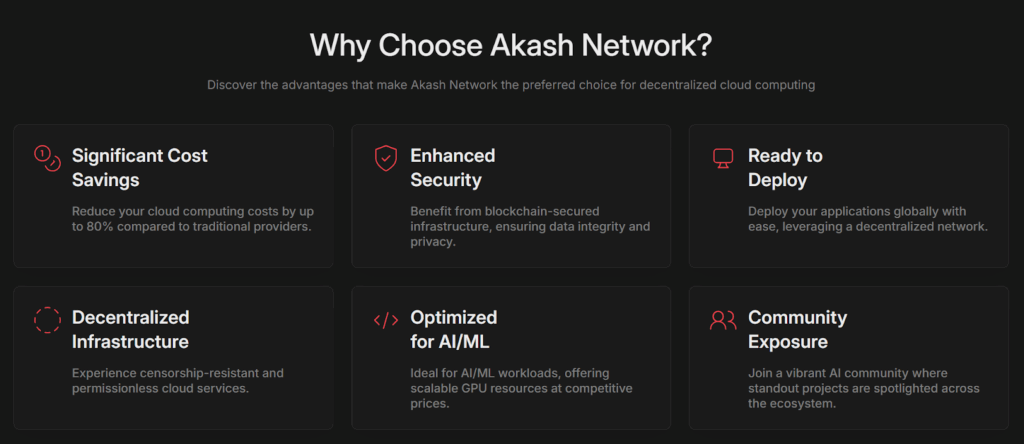- Akash Network decentralizes cloud computing, offering a global marketplace for compute power.
- Its AKT token powers governance, staking, payments, and network security.
- Future plans include sovereign AI agents, managed services, and even home-based cloud hosting.

Akash Network, a bold project born from the vision of Overclock Labs, has emerged as one of the most disruptive forces in cloud computing. At a time when a handful of hyperscaler corporations dominate the cloud industry, controlling pricing, access, and even digital freedom, Akash Network offers a radically different path.
By decentralizing cloud computing, Akash transforms the concept of infrastructure ownership, enabling a global marketplace for computing resources. This approach challenges the monopoly of traditional cloud providers and introduces a new era where cloud infrastructure becomes a public good. So, let us take a closer look at the technology, utility, and future of this groundbreaking project.
What Is Akash Network?
Akash Network is a decentralized cloud computing marketplace that connects clients in need of compute resources with providers offering surplus capacity. It operates as a supercloud, aggregating global providers into a unified infrastructure layer that delivers scalable, secure, and cost-effective computing power. Built using the Cosmos SDK and secured by Tendermint Core, Akash leverages a delegated proof-of-stake consensus model to maintain integrity and decentralization.
The network was founded in 2018 by Greg Osuri and Adam Bozanich with the vision of breaking hyperscaler control over cloud computing. The mainnet launched in 2020, and since then, Akash has evolved into a full-fledged platform supporting GPU workloads, generative AI applications, and a rapidly growing ecosystem.

Core Components
Akash Network is structured into four distinct layers, each serving a critical role in the network’s operation and scalability. This includes:
Blockchain Layer
This is the foundation of Akash’s security and consensus. Built on Tendermint Core, it ensures Byzantine Fault Tolerance and manages validator activity, governance proposals, and token transactions. The blockchain layer is responsible for maintaining the distributed ledger and enforcing the rules of the network. Its delegated proof-of-stake model allows validators to commit blocks based on the stake delegated to them, ensuring both decentralization and performance.
Application Layer
The application layer handles deployment orchestration and resource allocation. Users submit deployment configurations specifying CPU, memory, storage, and geographic preferences. These requests are transformed into orders that providers can bid on. Once a winning bid is selected, a lease agreement is formed, and the application is deployed. This layer is the operational brain of Akash, translating user intent into executable infrastructure.
Provider Layer
This layer includes data centers, server operators, and cloud providers who contribute compute resources to the network. Providers use the Provider Daemon to communicate with the blockchain and manage deployments. Container orchestration tools like Kubernetes and Docker Swarm are used to scale and manage workloads. The provider layer is the muscle of Akash, turning idle infrastructure into active revenue-generating assets.
User Layer
The user layer is the interface between clients and the network. It includes tools like the Akash Client (CLI), Akash Console (web dashboard), and Cloudmos Dashboard (GUI). These tools allow users to create containers, review bids, deploy applications, and monitor performance. The user layer is designed for accessibility, enabling both developers and enterprises to interact with Akash without friction.

What Problems Does It Solve?
Akash Network addresses several systemic issues in the cloud computing industry. This includes:
- Centralization and Censorship – Traditional cloud providers act as gatekeepers, controlling access, pricing, and content distribution. Akash eliminates these choke points by offering a permissionless and censorship-resistant alternative.
- Cost and Efficiency – Hyperscalers charge premium rates for compute resources, often with hidden fees and rigid pricing models. Akash’s reverse auction system drives prices down by allowing providers to compete, resulting in savings of up to 83 percent compared to AWS and Azure.
- Underutilized Infrastructure – Globally, over 8 million data centers sit idle or underused. Akash transforms this dormant capacity into active compute power, monetizing unused resources and democratizing access.
- Vendor Lock-In – Akash enables seamless provider switching, giving clients the freedom to move workloads without being trapped by proprietary ecosystems.
- AI Accessibility – High-performance GPUs are often monopolized by hyperscalers, making AI development expensive and exclusive. Akash’s GPU marketplace opens access to Nvidia H100 and A100 units, empowering developers to train and deploy models affordably.

Utility and Offerings
Akash Network offers a wide range of utilities and products that form the foundation of its decentralized supercloud. Each element of its ecosystem is designed to drive usability, scalability, and inclusivity across participants — from developers deploying workloads to providers monetizing idle resources. Key utility offerings include:
AKT Token
AKT is used for staking, governance, payments, and incentives. It secures the network through delegated proof-of-stake and facilitates lease settlements. AKT holders can vote on proposals, stake tokens to validators, and earn rewards based on commitment duration.
Akash Console
A web-based interface that allows users to deploy and manage containers on the Akash network. It simplifies access to decentralized cloud resources, making it easier for developers to deploy applications. This is crucial for adoption, as it removes technical friction.
Praetor App
An interface for providers that simplifies resource management and bidding on deployments. Providers can connect their resources to the network easily, enabling greater participation and network capacity growth.
AkashChat
A generative AI service hosted on Akash Supercloud, offering private, secure, and fast access to AI capabilities without sign-in requirements. AkashChat showcases the network’s capability to support advanced AI workloads.
SDXL on Akash
A high-performance text-to-image AI tool that uses Akash’s GPU capacity. This service demonstrates the power and versatility of decentralized AI hosting, offering creators fast and efficient image generation.
Managed Service Market (MSM)
A new initiative that allows software creators to offer services on Akash, earning income while keeping their work open-source. MSM aims to rebalance the value capture in cloud services, shifting profits from hyperscalers to developers.

Ecosystem Highlights
Akash Network has built a growing ecosystem that reflects its vision of a decentralized supercloud. Adoption has expanded with thousands of deployments across industries, from AI to high-performance computing.
Strategic partnerships have strengthened the network’s capabilities, including integrations with generative AI and high-performance computing tools. Institutional interest is growing as Akash proves the viability of decentralized infrastructure. Providers around the world are joining the network, contributing capacity and driving adoption. Altogether, the result is an expanding marketplace where supply, demand, and innovation grow together.

Roadmap and Plans Ahead
Looking ahead, Akash Network’s roadmap focuses on pushing the boundaries of cloud decentralization and evolving into an agent-centric infrastructure. Key initiatives include:
- Sovereign AI Agents – Akash plans to enable autonomous AI agents with privacy features, positioning itself as the leading decentralized AI hosting network. This will transform how AI services are deployed, making them faster, more secure, and censorship-resistant.
- On-Chain Provider Incentives – Putting incentives on-chain will create transparent and programmable rewards for providers, boosting capacity and network growth.
- Managed Service Market – MSM will create new opportunities for service providers to monetize while keeping software open-source, balancing value capture across the ecosystem.
- Improved Developer Experience – Simplifying integration and deployment will accelerate adoption by removing friction points for developers.
- Akash at Home – A bold initiative to allow individuals to host AI workloads on personal servers, leveraging spare computing power. This vision decentralizes computing to the home level, creating a truly distributed infrastructure.
Final Thoughts
In conclusion, Akash Network is a bold reimagining of how cloud infrastructure should operate. By turning idle computing power into a decentralized marketplace, it delivers unmatched efficiency, transparency, and accessibility. So, as Akash pushes forward with sovereign AI agents, expanded services, and home-based computing, it will be interesting to see how it reshapes the future of cloud and AI, challenging the dominance of centralized providers while empowering a new generation of innovators.














